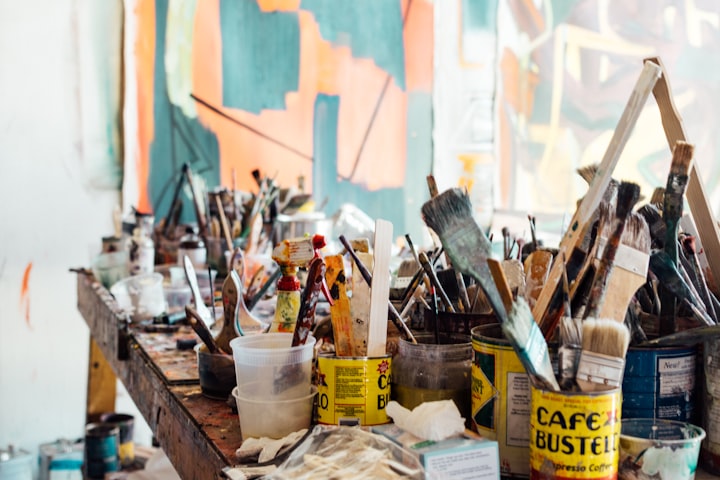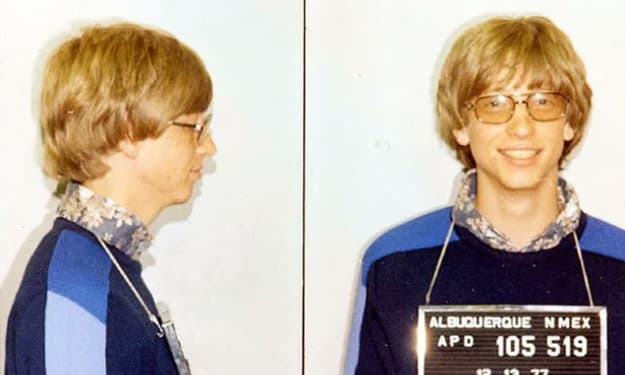
Motivations Behind Art Forgery
The motivations that drive individuals to engage in art forgery are as diverse as the artistic landscape itself. Financial gain remains one of the most significant incentives. The staggering prices that authentic artworks command in the global art market have made forgery an enticing avenue for those seeking quick profits. The allure of duping wealthy collectors, investors, and galleries into believing they possess a genuine masterpiece has proven irresistible to some.
Moreover, the psychological satisfaction derived from successfully deceiving experts and enthusiasts can be a powerful driving force. For some forgers, the act of replicating a renowned artist's work provides a sense of accomplishment and validation. This psychological gratification can be particularly enticing for those with artistic talent who may not have received the recognition they feel they deserve.
Sophisticated Techniques and Challenges
Advances in technology have undoubtedly transformed the landscape of art forgery, presenting both challenges and opportunities. Digital tools such as Photoshop have enabled forgers to create highly convincing replicas of artworks, while 3D printing has even allowed them to recreate sculptures with remarkable precision. This marriage of traditional artistic skill and modern technology has resulted in forgeries that can fool even the most discerning eye.
To combat these advancements, experts have turned to cutting-edge methods of authentication. Multispectral imaging, for instance, uses various wavelengths of light to reveal layers and details hidden beneath the surface of a painting. Spectroscopy examines the chemical composition of pigments, providing insights into their age and authenticity. These methods, alongside meticulous analysis of brushwork, canvas texture, and historical records, enable experts to discern genuine works from forgeries.
Impact on the Art World and Cultural Heritage
The impact of art forgery on the art world extends beyond monetary losses. The erosion of trust and credibility within the industry can be deeply damaging. Buyers and collectors who have fallen victim to forgeries can become disillusioned, potentially withdrawing their support from artists, galleries, and institutions. Furthermore, the proliferation of counterfeit artworks dilutes the value of genuine pieces, making it difficult for artists to receive fair compensation for their work.
Art forgery also threatens the preservation of cultural heritage. When forgeries enter the market, they can muddy the historical record and distort our understanding of artistic evolution. Scholars and art historians rely on the authenticity of artworks to trace artistic development, influences, and societal trends. The presence of counterfeit pieces can cast doubt on previously accepted narratives and interpretations.
The Pursuit of Justice and Prevention
Efforts to combat art forgery span legal, technological, and educational realms. Stolen Art Alert systems, global databases, and partnerships between law enforcement agencies and art organizations help recover stolen artworks and prevent their circulation. Legislation addressing art forgery varies across jurisdictions, but many countries have strict penalties for those convicted of creating or trafficking in counterfeit art.
Prevention also plays a pivotal role in curbing art forgery. Increasing public awareness about the issue can empower potential buyers and collectors to exercise due diligence when acquiring artworks. Artists can protect their creations by establishing a clear provenance and collaborating with reputable galleries and dealers. Additionally, fostering transparency and collaboration within the art world can create an environment that is less conducive to fraudulent activities.
Art forgery remains an ever-evolving challenge that necessitates ongoing vigilance, collaboration, and adaptation. By understanding the motivations behind forgery, appreciating the intricate techniques used, acknowledging the impacts on the art world, and supporting initiatives aimed at prevention and justice, society can strive to protect the integrity of artistic expression and preserve the cultural heritage that enriches our lives.
Disclaimer: This article was written with the assistance of AI and the author is a non-native English speaker from Germany.
Please be aware that the author of this article is from Germany and, as a non-native English speaker, has utilized artificial intelligence (AI) for assistance. While efforts have been devoted to ensuring accuracy, occasional errors or inaccuracies in the content may exist due to language nuances. Readers are advised to independently verify the information before making decisions based on the article. The AI-powered content is intended as a supplementary tool and should not replace professional advice or personal judgment. The author and creators of this article bear no responsibility for actions taken solely based on the AI-generated content provided.
About the Creator
Emma
I'm a passionate storyteller.With every word I put to paper, I aim to evoke emotions, stimulate thoughts, and take readers on a journey they won't soon forget. Stories have the power to connect people and offer them an escape from reality






Comments
There are no comments for this story
Be the first to respond and start the conversation.